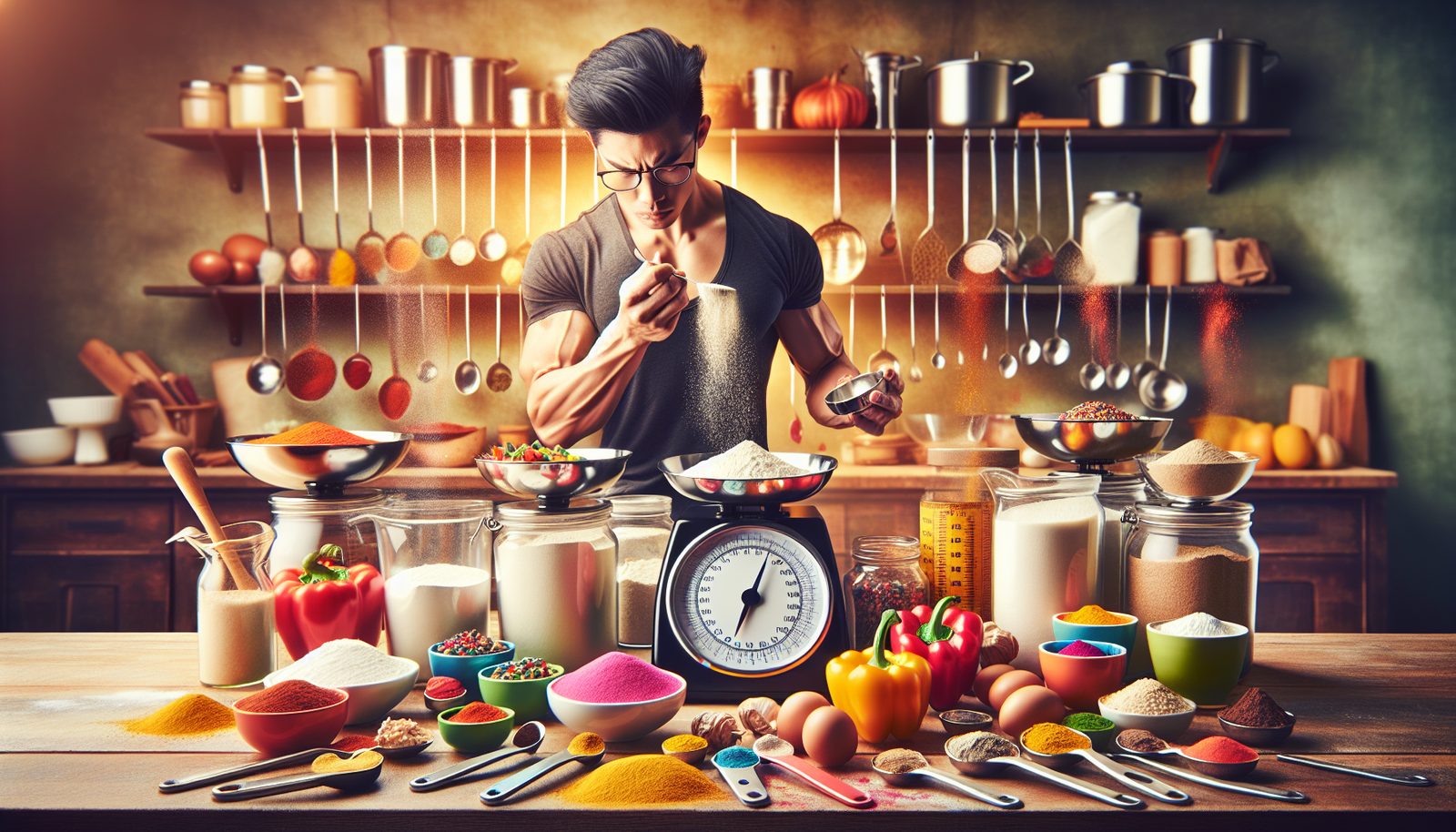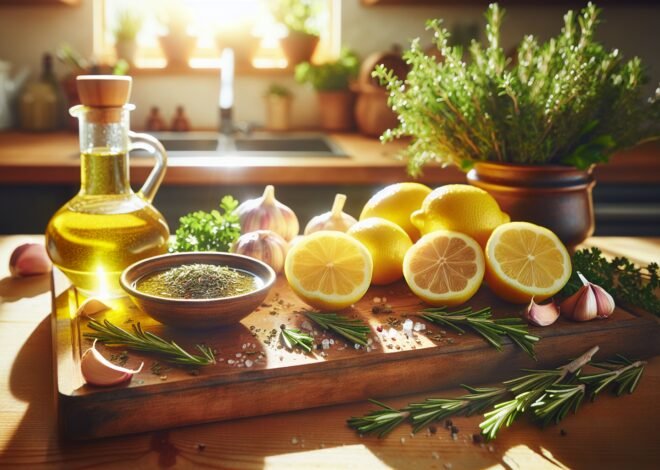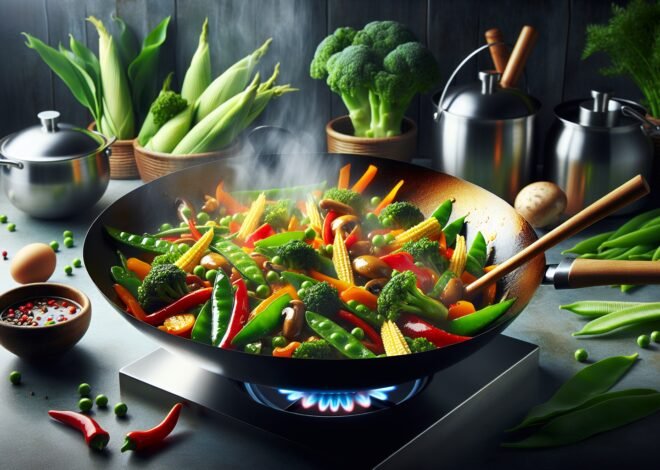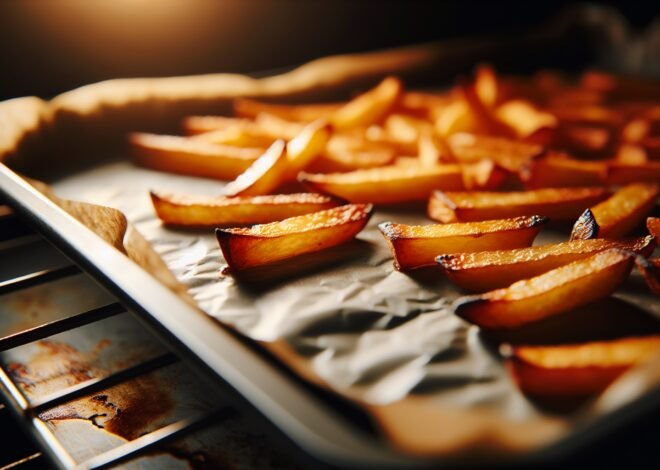
How to Measure Ingredients for Batch Cooking and Meal Prep
measure ingredients for batch cooking efficiently to save time and reduce waste. Surveys reveal that proper portioning can minimize food waste by up to 40%. This guide will cover key strategies for measuring ingredients accurately in bulk, from choosing the right tools to scaling recipes for meal prep. You’ll also learn tips to maintain flavor and nutritional value when multiplying recipes. By mastering ingredient calculations, you can streamline your cooking process and ensure consistent results. Dive in to transform your batch cooking into a stress-free, time-saving routine.
## Understanding the Basics of Batch Cooking
Batch cooking is a powerful strategy for saving time and maintaining a healthy lifestyle. It involves preparing large quantities of food in advance, allowing for easy access to meals throughout the week. By mastering the basics, you can streamline your kitchen processes and enjoy delicious meals without the stress of daily cooking.
### Essential Tools for Measuring Ingredients
To excel in batch cooking, having the right tools is critical. Measuring ingredients accurately ensures consistent results and prevents waste. Here are some must-have tools:
– **Measuring Cups and Spoons**: Essential for both dry and liquid ingredients, these tools help maintain consistency.
– **Kitchen Scale**: Offers precision, especially for baking and recipes that require exact measurements.
– **Liquid Measuring Jug**: Designed for wet ingredients, featuring measurements on the side for easy reading.
– **Measuring Bowls**: Useful for measuring larger quantities, providing both volume and weight metrics.
Investing in quality tools can make a significant difference in your cooking efficiency and outcome.
### Differences Between Wet and Dry Measuring
Understanding the distinction between wet and dry measuring is key to accurate cooking. Each type requires a specific approach:
– **Dry Measuring Cups**: Used for ingredients like flour and sugar. Fill to the brim and level with a flat edge.
– **Liquid Measuring Cups**: Designed with a spout for easy pouring. Measure at eye level to ensure precision.
Misusing these tools can lead to discrepancies in your recipes. Always choose the appropriate tool for the ingredient type to maintain the integrity of your dish.
### Common Mistakes When Measuring for Batch Cooking
Even seasoned cooks can fall into common measurement traps. Avoid these mistakes to improve your batch cooking:
– **Packing Down Ingredients**: Compressing ingredients like flour can lead to inaccurate measurements.
– **Ignoring Liquid Displacement**: When adding ingredients to a liquid, consider the displacement for accurate total volume.
– **Over-relying on Estimation**: Guessing amounts can lead to inconsistent results, especially in large recipes.
Being mindful of these pitfalls ensures your batch cooking is efficient and effective, leading to delicious meals every time.
## Best Practices for Measuring Ingredients
Precision in measuring ingredients is vital to batch cooking success. Proper measurement techniques not only enhance flavor but also improve the nutritional balance of your meals. Let’s explore how to achieve accuracy in your kitchen endeavors.
### How to Accurately Measure Spices and Herbs
Spices and herbs are the soul of any dish, adding flavor and complexity. Accurately measuring these ingredients is crucial:
– **Use Measuring Spoons**: Scoop and level spices for consistency. Avoid shaking directly from the container.
– **Fresh vs. Dried**: Dried herbs have a more concentrated flavor. Use one-third the amount when substituting for fresh.
– **Pinch and Dash**: For small amounts, use traditional “pinch” (1/16 tsp) and “dash” (1/8 tsp) measurements.
Precision in spices and herbs can elevate your dishes, providing a balanced and harmonious taste.
### Techniques for Measuring Proteins and Vegetables
Proteins and vegetables form the foundation of nutritious batch meals. Here’s how to measure them effectively:
– **Portion Control**: Use your hand as a guide: a palm-sized portion for proteins, a fist-sized portion for vegetables.
– **Chop Uniformly**: For vegetables, aim for even-sized pieces to ensure balanced cooking.
– **Use a Scale**: Weigh proteins for exact portions, especially when dividing large batches.
These techniques help in maintaining dietary goals and ensuring consistency across meals.
### Utilizing Kitchen Scales for Precision
Kitchen scales are indispensable for precise measurement, particularly in batch cooking:
– **Weighing Ingredients**: Provides more accuracy than volume measurements, crucial for baking and balanced recipes.
– **Tare Function**: Subtracts the weight of containers, ensuring you only measure the ingredients.
– **Consistency**: Ensures each portion of your batch is identical, aiding in nutrition tracking.
Incorporating a kitchen scale into your routine guarantees precision, enhancing the quality and consistency of your meals.
## Advanced Tips for Efficient Meal Prep
Once you’ve mastered the basics, it’s time to delve into advanced batch cooking techniques. These methods will streamline your processes, save time, and allow you to enjoy the fruits of your labor with ease.
### Scaling Recipes for Large Batches
Scaling up recipes is a fundamental skill for batch cooking enthusiasts. Here’s how to do it effectively:
– **Double or Triple**: Start by simply doubling or tripling the quantities. Adjust for spices and seasoning to taste.
– **Check Equipment Capacity**: Ensure your pots, pans, and storage containers can accommodate larger volumes.
– **Test Batches**: If trying a new recipe, make a small batch first to ensure flavor and texture hold up when scaled.
Proper scaling ensures you maximize efficiency without sacrificing taste or quality.
### Storing and Preserving Measured Ingredients
Efficient storage is key to maintaining freshness and flavor in batch cooking:
– **Airtight Containers**: Use for dry ingredients to prevent moisture and preserve quality.
– **Freezer Bags**: Ideal for proteins and prepped vegetables, extending their shelf life.
– **Labeling**: Clearly mark dates and contents to avoid confusion and maintain an organized kitchen.
Proper storage techniques keep your ingredients fresh, flavorful, and ready for use in future meals.
### Time-Saving Hacks for Batch Cooking Enthusiasts
Maximize efficiency with these time-saving hacks tailored for batch cooking:
– **Prep in Bulk**: Chop vegetables and marinate proteins in advance. Store in portioned bags for quick use.
– **Utilize Slow Cookers**: Set and forget. Perfect for cooking large quantities with minimal supervision.
– **Plan and Schedule**: Allocate specific days for cooking and prep. Stick to a routine for consistent results.
Incorporating these hacks into your routine will make batch cooking a seamless and enjoyable part of your culinary life.
Conclusion
Batch cooking involves preparing large quantities of meals in one go for future use. Accurate measurement of ingredients is crucial to maintain flavor consistency and portion control. Using tools like digital scales, measuring cups, and spoons ensures precision. Organizing ingredients beforehand can streamline the process and minimize errors. Adjusting recipes based on the number of servings helps in planning and resource management.
FAQ
What are the benefits of batch cooking and how do I measure ingredients accurately?
Batch cooking saves time, reduces stress, and ensures you always have a healthy meal ready. Accurate ingredient measurement is key for maintaining the taste and consistency of meals. Use a kitchen scale for precision, especially with dry ingredients. Measuring spoons and cups work well for liquids and smaller quantities.
How can I determine the correct portions when measuring ingredients for batch cooking?
Portion control depends on your dietary needs and the number of servings required. Start by calculating the total amount needed based on servings and use portioning tools like measuring cups to divide evenly. Consider meal prep containers to help distribute portions accurately.
What tools are essential for measuring ingredients for large batch recipes?
Essential tools for measuring include a reliable kitchen scale, measuring cups, and spoons. A liquid measuring cup with clear markings helps with accuracy. For bulk quantities, consider a larger scale that can handle the weight without sacrificing precision.
How does ingredient measurement affect the taste and consistency in batch cooking?
Precise measurement ensures flavors balance and the texture remains consistent across all servings. Over or under-measuring spices can drastically alter taste, while incorrect amounts of baking ingredients can affect texture. Consistency is crucial when cooking in large batches.
What are common mistakes to avoid when measuring ingredients for batch cooking?
Avoid guessing or estimating ingredient quantities. Using the wrong type of measuring tool, like a dry cup for liquids, can lead to errors. Not leveling off dry ingredients can result in excess amounts. Always double-check if scaling recipes up or down to prevent mishaps.
Are there any tips for storing pre-measured ingredients for batch cooking?
Store pre-measured ingredients in airtight containers to maintain freshness and prevent contamination. Label each container with ingredient names and quantities. Use stackable containers to save space and ensure easy access while cooking. Consider refrigeration for perishable items.











